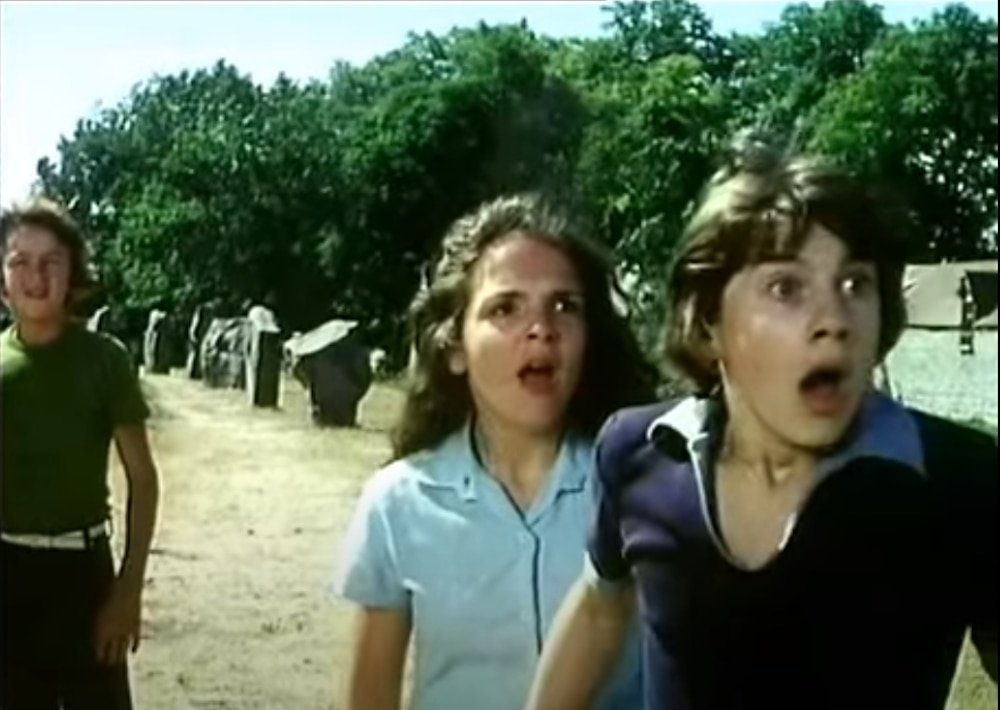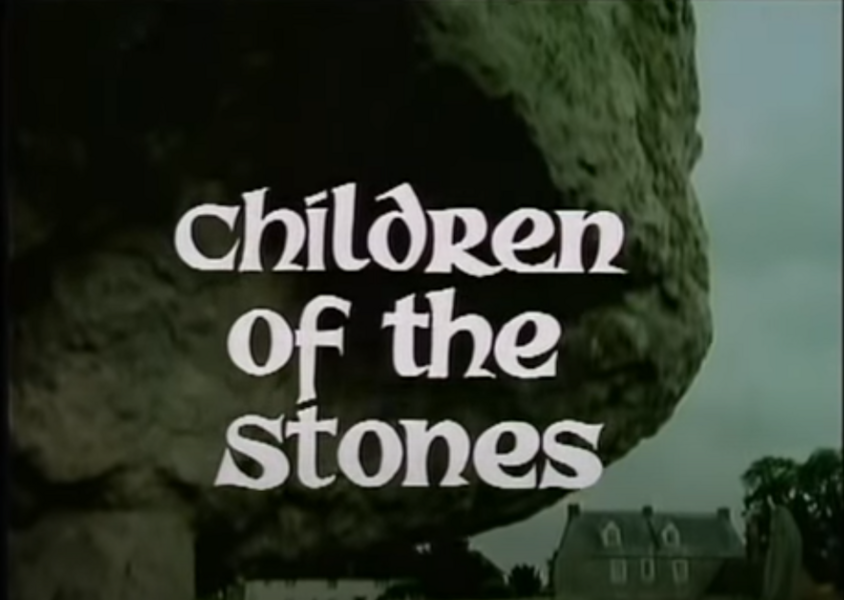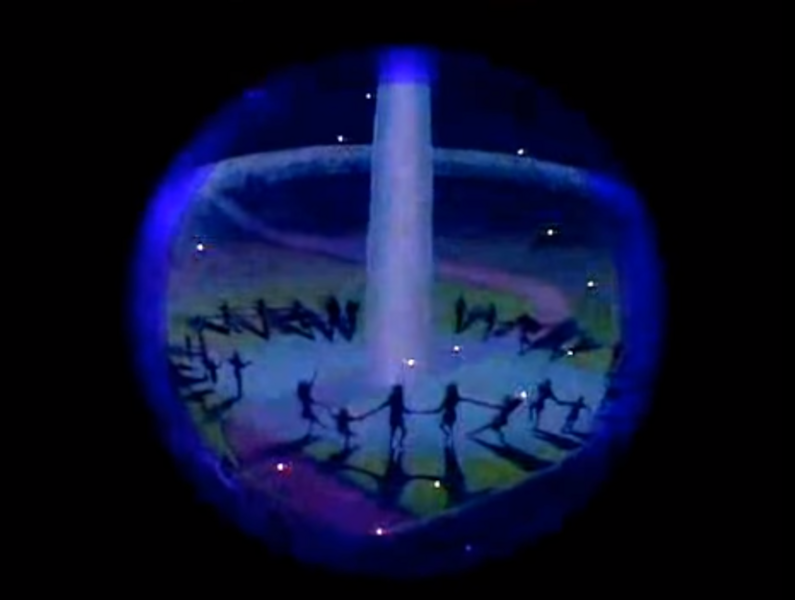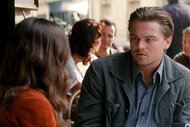Create a free profile to get unlimited access to exclusive videos, sweepstakes, and more!
'Children of the Stones' is the scariest children's show you've probably never seen
Let's take a look back at one of the spookiest children's TV programs ever produced.

I love horror stories for children, perhaps because I wasn't really allowed to experience many of them as a child. For me, experiencing a horror story aimed at younger viewers creates a particular time warp sensation, a sense that my brain is leaning back into the old fears I carried with me decades earlier, to allow me to meet the story where it is and, in a way, get back something I didn't get a chance to have in childhood. It's a magical, very particular kind of horror storytelling, and when it works well I'm in awe of its practitioners.
So last year, when the excellent folk horror documentary Woodlands Dark and Days Bewitched (now streaming on Shudder) pointed me toward the British TV series Children of the Stones, I dove right in, eager to see what had installed this particular show in the annals of children's horror legend. What I found was a show that, while lacking some of the more extreme visuals we later got in things like Are You Afraid of the Dark? and Goosebumps, sent chills down my spine and earned its title across the pond as the "scariest programme ever made for children." For a series that celebrates its 45th anniversary this year, Children of the Stones remains a surprisingly eerie, potent combination of folk horror, teen adventure, and existential fear.
Produced in 1976 and originally broadcast on ITV in January and February 1977, Children of the Stones follows astrophysicist Adam (Gareth Thomas) and his son Matt (Peter Demin) to the fictional village of Millbury (the village of Avebury in real-life), where Adam will study the ancient stone circle that surrounds the town. Once they've arrived, they find a pleasant little English town where nearly everyone is almost preternaturally good-natured, greeting everyone they meet with the phrase "Happy Day."
What at first feels like some obscure local custom they simply don't understand soon turns sinister, as Matt's burgeoning psychic ability and Adam's strange encounters with the stones themselves point toward something more malevolent happening within the town. Before long, the newcomers are witnessing strange gatherings around the stones at night, conversions of the town's few non-believers into the "Happy Day" lifestyle, and visions that seem to indicate things are about to become even darker.
I won't spoil the resolution of Children's seven-episode arc here, but over the course of roughly three-and-half hours of storytelling the series picks up notes of Wicker Man-style folk horror, science fiction, and even hints of cosmic horror, all centered on certain very particular childhood fears. Though Adam often gets as much screen and story time as his son does, Children of the Stones writers Jeremy Burnham and Trevory Ray are right to center much of the horror on Matt's experience of Millbury and its people. It begins simply, with the very straightforward concern that he won't fit in at his new school, with new classmates who are eager to both bully and ostracize him. It's a common worry among kids, but the brilliance of the show's storytelling lies in how that common fear is almost immediately dialed up several notches through Matt's early experiences. It's one thing to feel out of place in a new school, but what if you're out of place in an entire town, and worse: What if some dark force is actively conspiring to keep it that way?
With that fear as its baseline, much of Children of the Stones is then devoted to unraveling the conspiracy at the heart of Millbury, examining how it works and what it might take to stop it. There's perhaps a bit less horror inherent in those portions of the story, but when the narrative itself isn't scary the show makes up for it with a spellbinding atmosphere supplied by the stones themselves. Avebury, where the series was shot, is the site of a real-life ancient stone circle that still stands today, which means the production didn't have to make do with plaster rocks standing in for mystical megalithic structures. They had the real thing, and they make excellent use of them as the characters try to unravel exactly what's going on in the town. The stones, naturally, feature in every episode of the series, whether characters are directly interacting with them or they're simply figures on the horizon, but they're perhaps best used in the show's opening titles. Featuring startling close-ups of the stones set to alarming atonal chanting and vocalizing, the credits alone are enough to make you see faces in the ancient rock, and turn away when the chanting reaches fever pitch.
Children's horror has, of course, progressed quite a bit since Children of the Stones thanks to the success of aforementioned titles like Goosebumps, Are You Afraid of the Dark?, and much more. To modern eyes who've seen far more explicitly scary visuals on their televisions than kids looking slack-jawed at a bunch of rocks, this series might seem outmoded, even bland. Give it a chance, though (the DVDs are out of print, but a little Googling will show you where to find it), and you might you get lost in the overwhelming atmosphere of the whole piece. It's a spooky, ambitious, and often deeply unsettling piece of horror storytelling that deserves to be regarded not just as a cult classic, but as one of the great examples of modern scary stories for children.




























